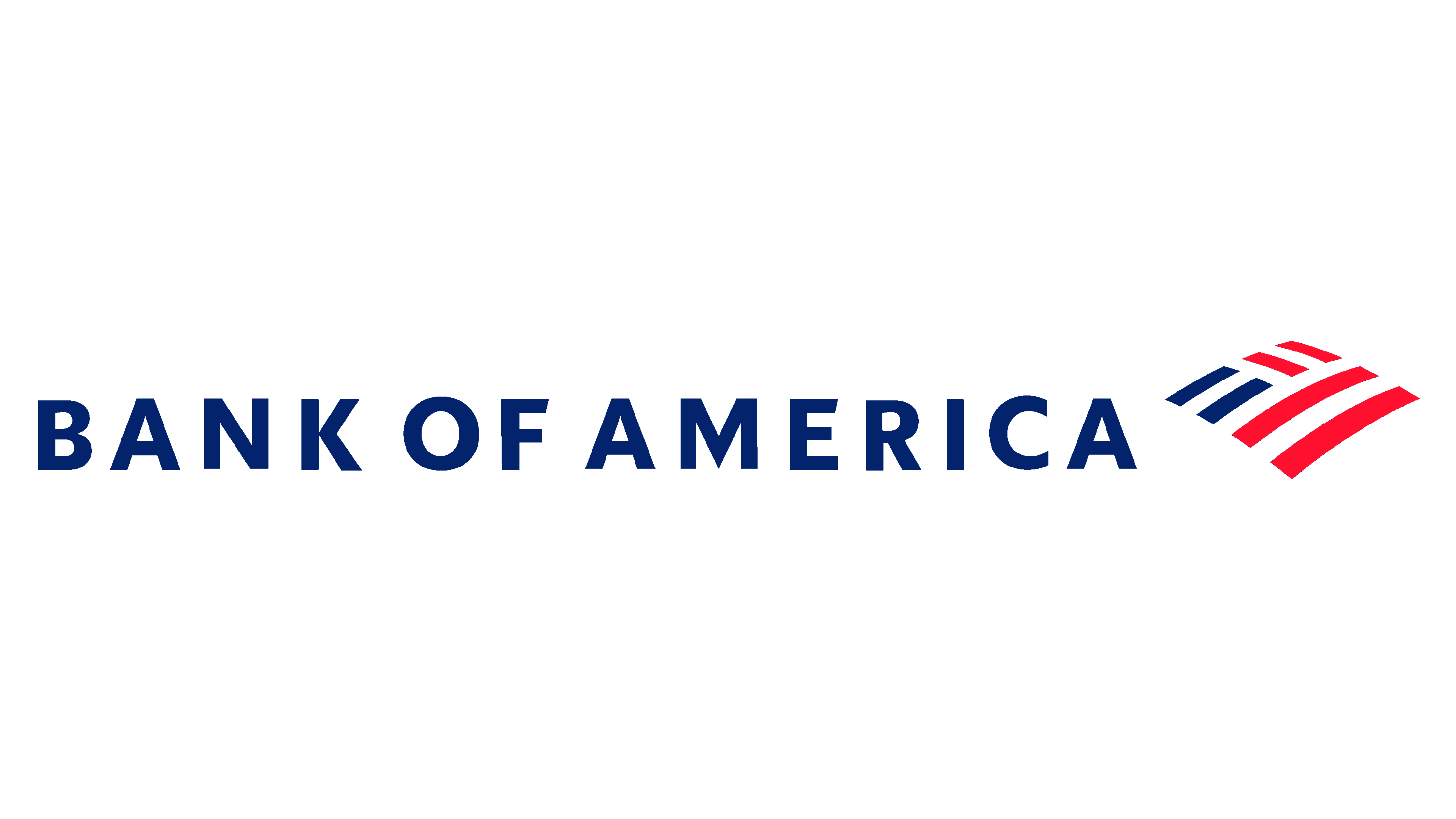Bank of America (BofA) is one of the largest financial institutions in the world, with over 66 million customers and a presence in over 35 countries. The bank has established itself as a leading player in the financial services industry, and one of the primary reasons for its success is its competitive advantage. In this blog post, we will discuss the key competitive advantages of Bank of America.
Bank of America’s Competitive Advantages
- Diversified Business Model:
Bank of America has a diversified business model that allows it to serve a wide range of clients. The bank operates through four primary segments: Consumer Banking, Global Wealth and Investment Management, Global Banking, and Global Markets. This diversification allows the bank to be less vulnerable to economic downturns, as revenue from one segment can help offset any losses in another. For example, during the 2008 financial crisis, the bank was able to rely on its wealth management and investment banking businesses, which helped it weather the storm.
- Technological Innovation:
Bank of America has made significant investments in technology, which has helped it to improve efficiency, reduce costs, and enhance the customer experience. The bank has developed a range of digital tools and services, including mobile banking, online bill pay, and virtual assistants. It has also introduced features such as biometric authentication and real-time fraud detection to ensure the security of customer accounts. By leveraging technology, the bank is able to provide a better customer experience, while also reducing costs and improving productivity.
- Strong Brand:
Bank of America has established itself as a strong brand in the financial services industry. The bank has a recognizable logo and slogan, and has built a reputation for providing high-quality financial services. This brand recognition helps the bank to attract and retain customers, and also gives it a competitive advantage in attracting top talent. It also allows the bank to expand into new markets more easily, as potential customers are more likely to trust a well-known and reputable brand.
- Wide Reach:
Bank of America has a wide reach, with a presence in over 35 countries. This global presence allows the bank to serve a wide range of clients, from individual consumers to large multinational corporations. The bank has also developed strategic partnerships and collaborations with other financial institutions, which has helped it to expand its reach even further. This wide reach is a key competitive advantage, as it allows the bank to capitalize on growth opportunities in emerging markets, while also reducing its dependence on any single market.
- Strong Risk Management:
Bank of America has a strong risk management framework in place, which helps it to identify and mitigate potential risks. The bank has established risk committees and uses advanced risk models to identify potential risks and develop strategies to mitigate them. By managing risk effectively, the bank is able to protect its customers’ assets and maintain the trust of its stakeholders. This is a key competitive advantage, as customers are more likely to do business with a bank that they perceive as being trustworthy and reliable.
- Focus on Sustainability:
Bank of America has a strong commitment to sustainability, which has become increasingly important in the financial services industry. The bank has established sustainability goals, such as reducing its greenhouse gas emissions and increasing its use of renewable energy. It has also introduced a range of sustainable products and services, such as green bonds and sustainable investment funds. By focusing on sustainability, the bank is able to attract customers who are increasingly concerned about the impact of their financial decisions on the environment.
Who are Bank of America’s Competitors?
Bank of America competes with other large financial institutions such as JPMorgan Chase, Wells Fargo, Citigroup, and Goldman Sachs. These companies offer similar financial products and services, including loans, credit cards, investment banking, wealth management, and more. In addition, Bank of America also faces competition from smaller regional banks and credit unions.
What are Bank of America’s Weaknesses?
One of the major weaknesses of Bank of America is its reputation. The bank has faced several scandals and controversies in the past, including the 2008 financial crisis, accusations of discriminatory lending practices, and the recent scandal surrounding its overdraft fees. These incidents have damaged the bank’s reputation and eroded public trust.
Another weakness of Bank of America is its dependence on the US market. While the bank has a strong presence in the United States, it has limited exposure to international markets. This leaves it vulnerable to economic downturns or changes in the US regulatory environment.
What are Bank of America’s Opportunities for growth?
Despite its weaknesses, Bank of America also has several opportunities for growth. One of the key opportunities for the bank is to expand its presence in international markets. This could help the bank diversify its revenue streams and reduce its dependence on the US market. Additionally, the bank could explore new products and services to offer its customers. For example, Bank of America could focus on developing digital banking solutions to better compete with fintech companies.
Another opportunity for Bank of America is to focus on sustainable and socially responsible investments. With the growing focus on ESG (Environmental, Social, and Governance) investments, there is an opportunity for the bank to attract a new customer base that values sustainability and ethical investing.
In addition, Bank of America could invest in technology to improve its customer experience. By focusing on improving its online and mobile banking platforms, the bank could attract and retain more customers.
Conclusion
In conclusion, Bank of America has established a number of key competitive advantages that have helped it to become one of the largest financial institutions in the world. These advantages include a diversified business model, technological innovation, a strong brand, a wide reach, strong risk management, and a focus on sustainability. Moving forward, the bank will need to continue to invest in these areas and adapt to changing market conditions in order to maintain its competitive edge in the years to come.


